The most unique regional soda brands with cult followings, from Moxie to Topo Chico
Alex Bitter

- Soda consumption has plateaued as many consumers reach for seltzer and less-sugary options.
- But the average US consumer will drink 43 gallons of soda this year, IBISWorld estimates.
Topo Chico
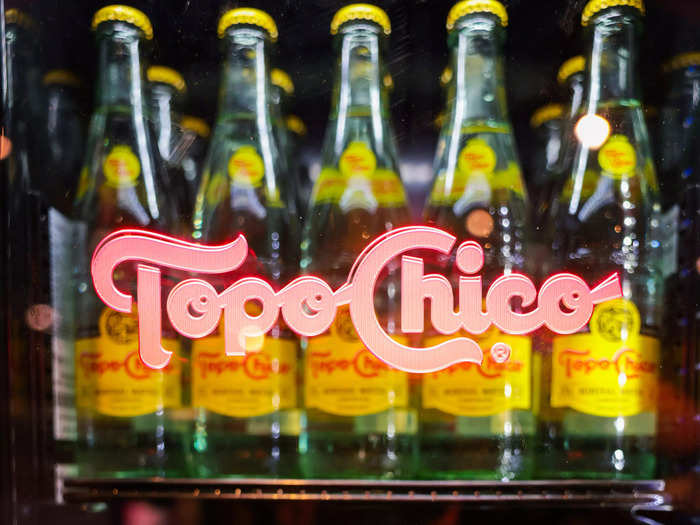
Topo Chico became a nationally recognized brand after Coca-Cola acquired the company for $220 million in 2017. Its sparkling water got national distribution, and Coke rolled out a Topo Chico hard seltzer through a partnership with Molson Coors.
But before all that, the brand was a favorite among consumers in Northern Mexico and, in the early 2000s, with Texans.
The brand got its US start in Hispanic grocery stores, according to Gerardo Galván, a Topo Chico executive who helped with the brand's expansion. Eventually, the brand expanded to mainstream supermarkets.
Consumers were drawn to the brand for its robust carbonation, Galván said.
Cheerwine
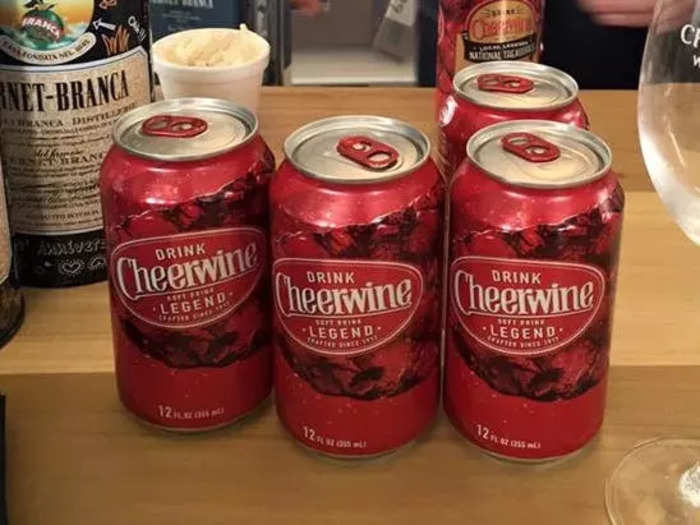
Cheerwine got its start in North Carolina in 1917. L.D. Peeler, its founder, aimed to make a soda that used less sugar because World War I limited the amount of sugar that was available, according to the company's website.
His solution: Use cherry flavoring instead. The beverage became a regional specialty in some Southern states.
It also attracted loyal fans. "One of them described it to me as 'adult crack,'" David Rivers, the president of the online soda distributor KegWorks, told The New York Times in 2011.
Aside from a 2011 bottling and distribution agreement with PepsiCo, the privately owned brand remained focused on the South for most of its history. But the advent of e-commerce took sales national, and today, the company ships its beverage around the US, Joy Ritchie, Cheerwine's head of marketing, told Insider in 2016.
Green River
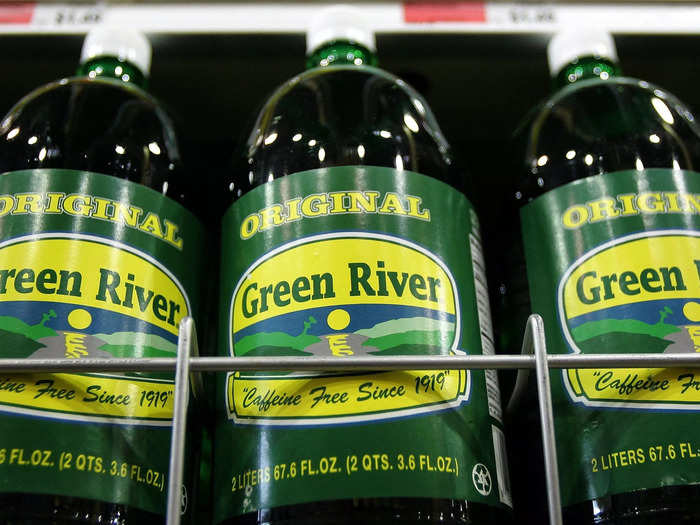
Chicago's Green River soda — or "pop," if you hail from the Midwest — got its start in 1919 when a beer brewer in the Windy City pivoted to making soda as prohibition began, Eater Chicago reported in 2022.
The soda became a hit with local pharmacists, who were key distributors of soft drinks at the time.
The green drink also has a connection to Chicago's most well-known St. Patrick's Day tradition. In the 1960s, when the organizers of the city's St. Patrick's Day parade needed a more eco-friendly way of turning the Chicago River green for the holiday, the maker of Green River provided a vegetable-based dye to replace the oily one used previously, Eater reported.
Today, the soda is still sold, especially around St. Patrick's Day. It's owned by Sprecher, a root-beer brewer across the state line in Wisconsin.
Moxie
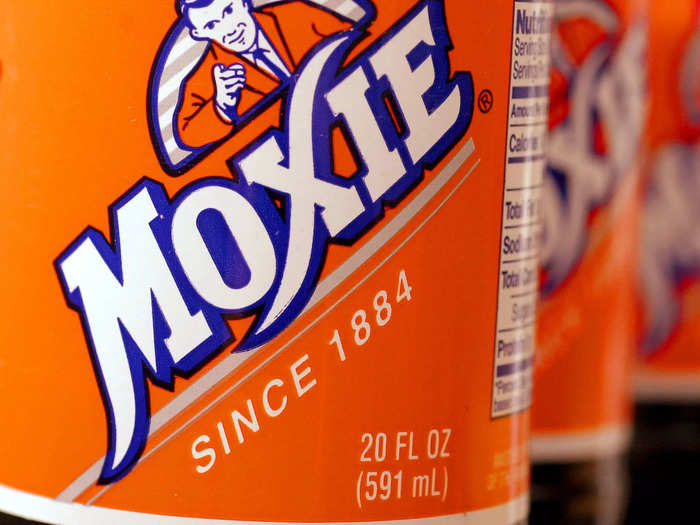
Moxie was developed by Augustin Thompson, a doctor and businessperson from Maine, in 1884, according to the Matthews Museum of Maine Heritage.
The drink was marketed for decades as having medicinal capabilities, such as fighting the "softening of the brain" and a "loss of manhood," according to the museum. Made from a root, it had a bitter aftertaste that's adored by some drinkers and hated by others.
Coca-Cola acquired the brand in 2018 for an undisclosed amount. Today, it's the state soft drink of Maine, according to the state government's website.
Each year, there's also the Moxie Festival, an event in Lisbon, Maine, for fans of the soda. This year's edition, scheduled for June, will feature fireworks, a 5K race, and a car show, according to its website.
Vernors ginger ale
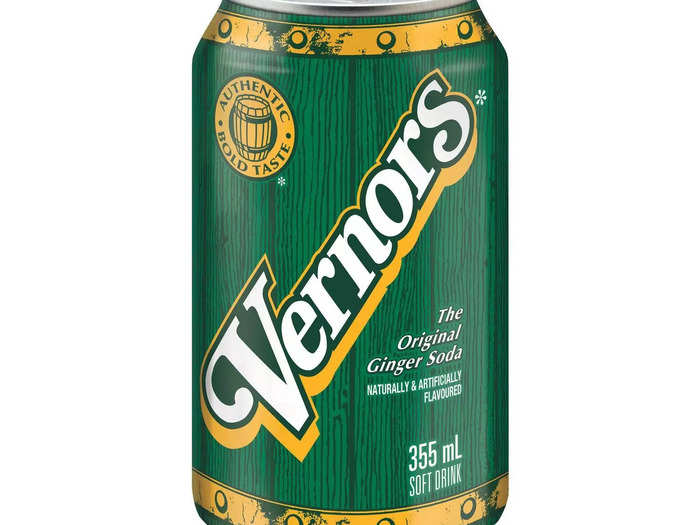
Vernors ginger ale takes its name from its founder, James Vernor, who started selling the beverage in 1866. The drink was a medicinal tonic made with vanilla, spices, and ginger, according to the Detroit Historical Society.
The drink became synonymous with the city of Detroit, according to the society. Its first production plant opened in the city in the late 1800s. In the following century, a lighted sign with Vernors' name was visible to ferry passengers on the Detroit River.
The brand is owned today by Keurig Dr Pepper.
Boylan's birch beer
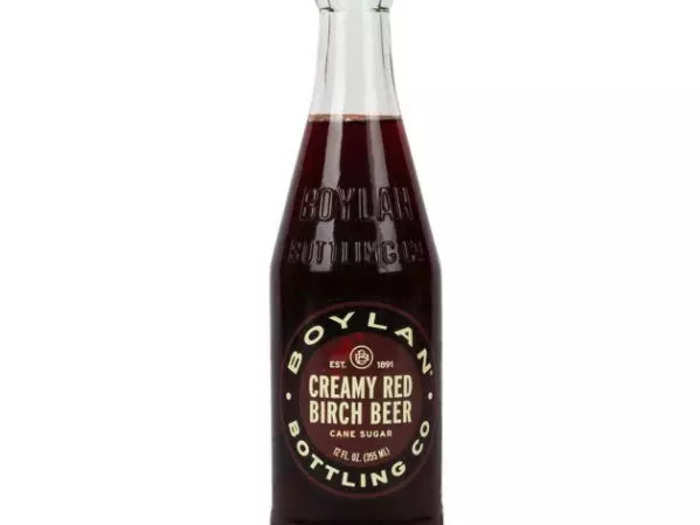
Paterson, New Jersey's William Boylan created an elixir using birch trees and started selling it in 1891, according to Boylan Bottling's website.
Boylan sells several flavors today, and consumers can buy the soda at Walmart and national grocers such as Safeway.
It also still sells birch beer, which has a taste that is "distinctively minty and sharp, with strong notes of sweet birch and wintergreen oil," the company's website says. The drink is a popular choice with drinkers who are looking for something with a milder taste than root beer.
Sprecher root beer
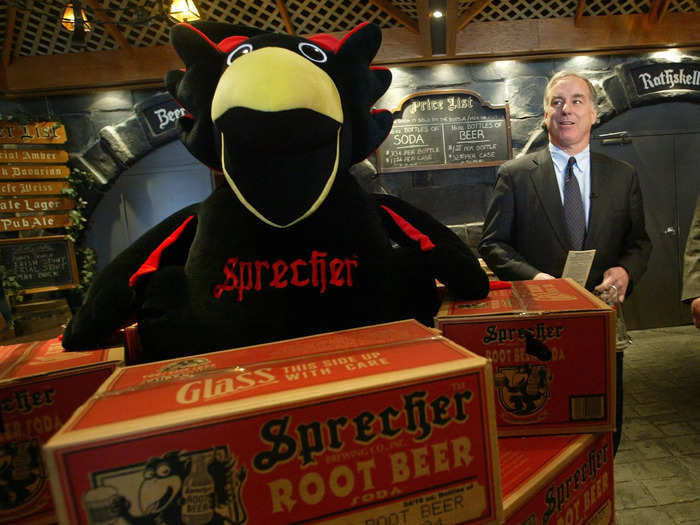
Randy Sprecher started a brewery in Milwaukee using his name in 1985. He used fire brewing, or heating beer over an open flame, to make alcoholic beer as well as root beer, according to the company's website.
That method, plus raw Wisconsin honey, "makes Sprecher Root Beer the best-tasting root beer in the United States," the website says, referencing a 2008 ranking from The New York Times that named Sprecher's root beer the country's best.
More recent products, such as Sprecher's alcoholic root beer, had gained popularity around the US by 2016, according to an Eater piece on the beverage from that year.
Manhattan Special
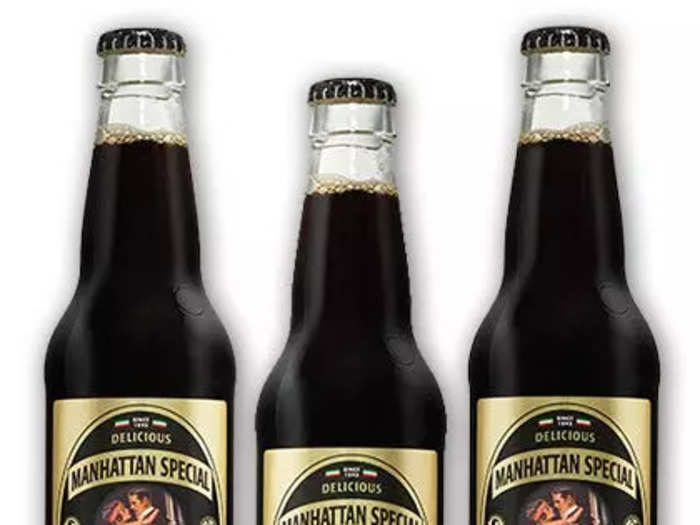
Manhattan Special sodas in glass bottles used to be a common sight around New York City in the middle of the 20th century, according to The New York Times.
The mixture of cane sugar and coffee was sold around the city decades ago. Founded in 1895 by Italian immigrants, the brand became a go-to drink on summer days, SILive.com reported in 2017.
Today, younger consumers are unlikely to be familiar with the drink, but older New Yorkers still seek out the soda, according to SILive.com.
The brand has since been revived at specialty food shops and through online sales. It also makes a diet, decaffeinated version "for those who want to sacrifice the calories and still enjoy the wonderful espresso taste," its website says.
Popular Right Now
Popular Keywords
Advertisement